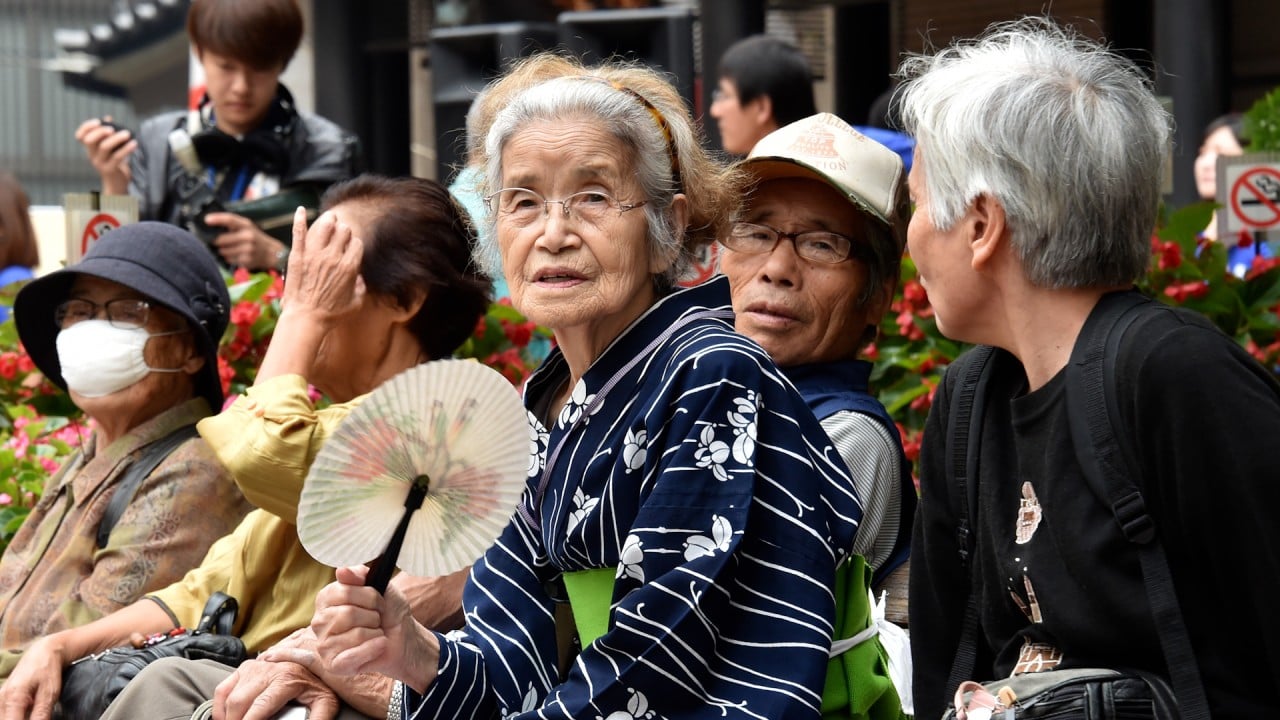Japan’s 8.5 million abandoned rural homes, or akiya, have become a ‘cheap’ option for foreigner owners
Why people are buying them is an easy answer – they’re cheap. But why so many have sat empty for so long is more complicated.
As millions of empty homes rot in Japan, Airbnb aims to fill them with tourists
As millions of empty homes rot in Japan, Airbnb aims to fill them with tourists
Why are there so many abandoned houses in Japan?
As Richard Koo, the chief economist at NRI, told them at the time, the Japanese countryside has been hollowing out since the mid-‘90s.
There’s also the matter of a shrinking population. Japan’s fertility rate declined for a seventh consecutive year in 2022, falling to 1.26 births per woman from 1.30 births per woman in the previous year.
Why aren’t more people buying abandoned homes?
The Japanese prefer new builds to pre-owned homes, Koo said. Part of this is due to the lack of a strong DIY renovation culture in the country, Douglas Southerland, the senior economist responsible for OECD monitoring of the Japanese economy, told BI at the time.
Structural safety is also a major concern: Many akiya were built before a 1981 Building Standard Law amendment that required better earthquake resistance.
Finally, most young people simply don’t want to live in the countryside, McMorran said. Apart from limited opportunities, the akiya themselves are a huge deterrence.
“The fact that there are so many empty houses is a blight on the landscape, and a further deterrent, because people don’t want to live in a terminal village surrounded by ‘ghost houses,’” McMorran said.
Japan’s rising issue with ‘trash homes’ prompts questions about social isolation
Japan’s rising issue with ‘trash homes’ prompts questions about social isolation
Natasha Durie, a PhD student from the School of Anthropology and Museum Ethnography at Oxford University, is conducting fieldwork in Gifu, Japan.
While she knows of young Japanese people who have bought and renovated akiya, she says most locals still aren’t quite ready to try it out for themselves.
“There is this drive in Japan to have new things, and a lot of these houses aren’t seen as inhabitable or desirable. I think that a lot of people see it as something that other people do and not something that they do, since renovating a house is a lot of effort,” Durie told BI.
Why can’t the government demolish the homes?
Japan’s property rights laws make it hard for the government to interfere. Before 2015, the government had no right to get akiya owners to manage their homes properly, McMorran said.
It’s also tricky to locate the owners of houses that have been left vacant for a long time.
“It’s an enormous effort to trace down who the house belongs to, so most of the time, the government just gives up,” Koo said. “So the akiya sits there for years, with the government unable even to take it down.”

Renovating more cost-effective that buying
According to the Canadian Real Estate Association, the benchmark price for residential properties in metro Vancouver was C$1,168,700, or US$866,620, in December 2023. McAskill said in September 2023 he bought a five-bedroom akiya for US$23,600 in Nagano Prefecture and has spent US$7,400 on renovations with another estimated US$7,400 left to spend.
“I’d say that’s on the high end,” he said of his renovation.
“I could get away with doing it for cheaper because I can do some of the work myself, or I have friends who work in the trades here as well.”
Cheaper than a garage: investors eye Japan’s abandoned homes as holiday lets
Cheaper than a garage: investors eye Japan’s abandoned homes as holiday lets
Take Kurosawa and Joey Stockermans, who can’t afford homes in their native North America, bought an akiya in a city on Kyushu for US$42,000 in June 2023. The friends plan to use it as a holiday residence and a short-term rental.
They also saw a business opportunity and founded Akiyamart, an online listing site, to make it easier for foreigners to find one for themselves.
However, the influx of foreign demand has done little to change local perceptions toward akiya, Durie said.
“A lot of the people I speak to are from this area and have grown up here. And I’d say a lot of them don’t even really know about the foreign interest in akiya,” Durie said. “They find that quite surprising.”


